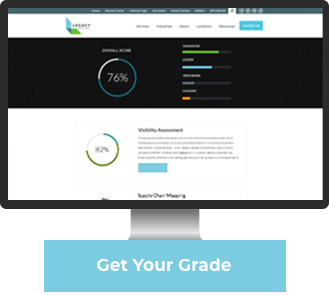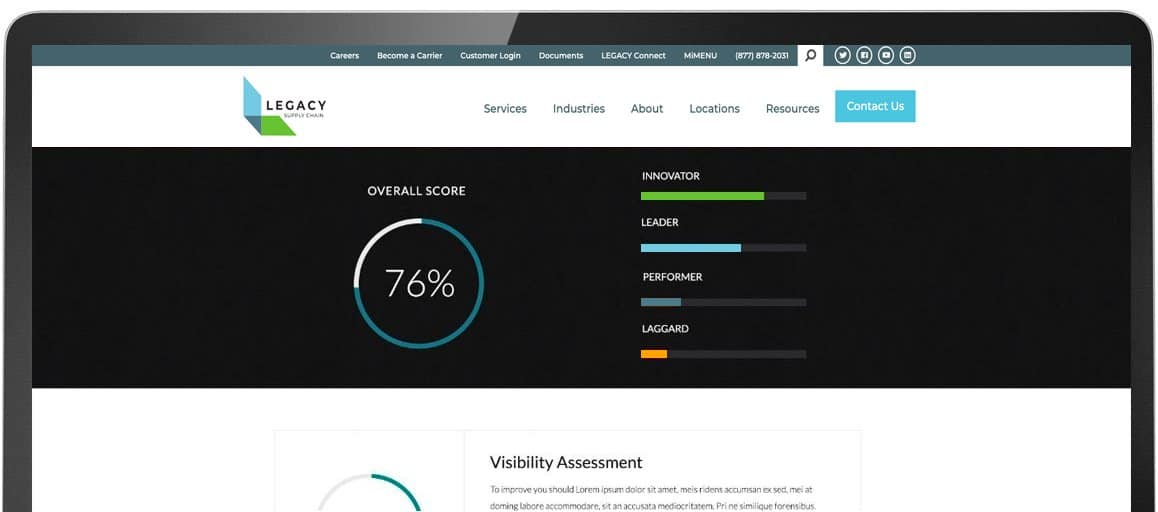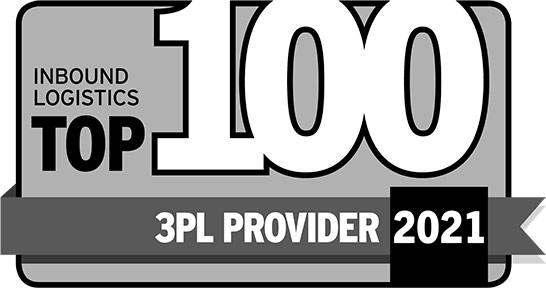Business Intelligence Helps Supply Chain Leaders Cope with Rapid Change
“There’s so much change going on in supply chain today,” asserts Adrian Gonzalez, president of Adelante SCM. “The big challenge we have is keeping up with the rapid pace of change.”
Could data be the answer? Collected at every point along the supply chain, information on warehousing, distribution, transportation, inventory and more can reveal trends, identify procedural gaps and suggest improvements, but only when analyzed properly. How can supply chain leaders harness the data they have to improve processes and ultimately improve their supply chain?
Supply chain business intelligence provides the capability to transform data into actionable information. Business intelligence (BI) uses technology to collect and analyze data. While the discipline has emerged as a hot commodity across a variety of sectors, “BI has become a must-have for the transportation and supply chain sector,” reports Amy Roach Partridge in “Business Intelligence in the Supply Chain,” inbound logistics. In fact, Partridge cites a recent survey that found, “business intelligence/analytics is the highest-ranked functionality requested by customers.”
The demand has generated a variety of BI solutions falling into three general categories:
Reporting: Score card-style reports help direct partner discussions
Dashboards: Real-time overviews catch setbacks as they occur
Benchmarking: Peer-based rankings reveal marketplace positions
Together these tools are changing the way decisions are made in supply chain management, at every level of the organization.
In light of the dynamic state of supply chain management, Gonzalez partnered with LEGACY Supply Chain Services to author the ebook, “Keeping Up with the Retail Consumer: 6 Supply Chain Disciplines Retailers Must Master.”
While the resource is directed at retailers, Gonzalez notes that the disciplines apply regardless of vertical – “Pick any industry; they have their own unique challenges. The common thread is things are changing so quickly, we need to change our supply chains accordingly.”
Since the disciplines are interrelated, supply chain business intelligence builds off of the preceding disciplines. “Supply Chain Visibility, Supply Chain Mapping & Visualization, and Supply Chain Design are critical components and enablers of Supply Chain Business Intelligence.”
Another key for successful BI? Hiring the right people to implement it. Strategic hiring and training are necessary for the new skill sets required for supply chain professionals today. Ultimately, the people on the ground need to implement changes or all the data analysis was futile. As noted in the ebook, “gathering and analyzing supply chain data and information is worthless if companies don’t ultimately convert their insights into action.”
Learn more about the six key disciplines of supply chain management in our three part webinar series. Register now for the next live episode, or watch previous versions on-demand.
Are you a supply chain leader or laggard? Grade your supply chain now and identify areas of improvement with this free Supply Chain Performance Grader.
Get Insights. Stay Ahead.
Get the latest news and insights via email on warehouse improvement, transportation optimization, labor strikes and international shipping rate changes.
Popular Posts
Search Posts
-
6 Cornerstones to a Successful 3PL-Customer Relationship
Hiring a third-party logistics (3PL) provider is a strategic approach for businesses to increase their capacity without expanding their...
+ Read more -
Canadian Rail Strike? – What We Know So Far
On May 1st, CN (Canadian National Railway) and CPKC (Canadian Pacific Kansas City) rail workers voted overwhelmingly to authorize a strike...
+ Read more -
2024 Q1 Freight Landscape: Trends, Challenges, and Predictions
As the first quarter of 2024 comes to an end, here are some observations over the past few months as well as predictions about the trucking...
+ Read more











